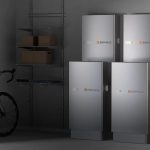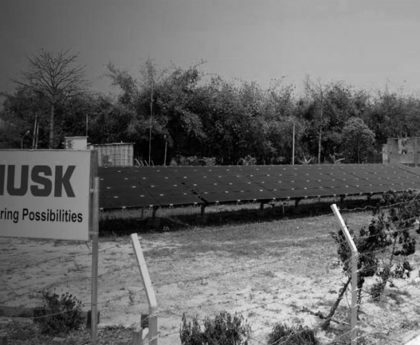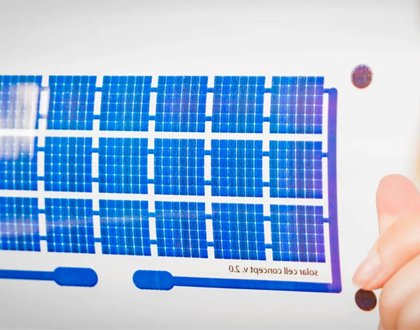A Tesla Powerwall battery stores solar energy that can be used during an outage.
Courtesy of TeslaIn the wake of Hurricane Beryl, which knocked out power to some 2 million customers in the Houston region, having a backup source of power is becoming increasingly critical.
Last year, I made the decision to install solar panels plus a whole-home back-up battery system. This purchase was one of the largest I’ve made, second only to my home. After Winter Storm Uri in 2021, my decision was an acknowledgment that between Houston’s many natural disasters, and the unreliability of the Texas electrical grid, extended power outages are more a certainty than a probability.
For other Houstonians considering their options, here’s what I’ve learned.
Article continues below this ad
Solar vs. gas
Plenty of Houstonians turn to gas generators during disasters and outages. I considered that too, but decided against it for a number of reasons.
First, finding gas during a natural disaster can be hit-or-miss. “With natural gas-based generators, you are dependent on the gas supply,” said Sibani Lisa Biswal, a professor of chemical engineering at Rice University, whose research focuses on developing alternatives for energy storage among other things. “During the freeze, the price skyrocketed.”
Second, I wanted a renewable source of energy.
And third, I am not handy enough to keep up with the required maintenance. Sometimes it helps to know your limitations.
Most solar systems shut down in outages
Article continues below this ad
Solar, however, isn’t necessarily an obvious alternative. Accessing solar power during a power outage isn’t guaranteed. The majority of stand-alone home solar panel systems are connected to the power grid and don’t have batteries. They generate power and slash electric bills, but they also shut down when the power goes out.
That’s to keep electric linemen safe. “If the infrastructure has gone down, and there is someone working on the power lines, you don’t want to be back-feeding energy onto those lines,” explains Joshua Rhodes, a research scientist at UT Austin. “You don’t want to kill them.”
But some solar systems include batteries, which can be charged either with energy from the grid or, if you’ve installed certain equipment, from energy directly produced by your panels. If you’ve got a battery, your home will simply start using electricity from it when the power goes out.
“Battery systems can last a good 48 hours or so,” Biswal told me. “For most of our disasters, that can mean the difference between waiting for lights to turn on or not.”
Gerardo Godinez, left, and Julian Guerrero, of True Texas Solar, install solar panels for a solar power system in Conroe.
Brett Coomer/Staff photographerOnce that battery power is used up, it’s gone. But if your battery is hooked up to your solar panels, and if generate enough power during the day, they can not only power the house but also recharge it. So you could have power at night, even during a long blackout.
Article continues below this ad
Solar panels produce less energy on cloudy days and during the winter, when the days are shorter. I was worried about what this might mean for outages caused by a winter storm. But Biswas told me that solar panels now on the market have increased significantly in efficiency: “It actually does not require a full eight hours to charge it up.”
As long as there is sunlight, the solar panels should be able to charge. And rolling outages would give the batteries time to charge, using power from the grid while it’s available.
For solar panels to continue producing power during an outage, you need a special type of inverter, one that will “island” any electricity produced, keeping it contained within the home system, rather than letting it flow back out into the grid. Those require specialty equipment and installation.
At this point in time, batteries are expensive. Though prices have decreased in recent years, the cost of a full home system runs roughly between $25,000 to $40,000. Financial incentives available, including those introduced by the Inflation Reduction Act. Batteries and solar systems are both eligible for up to a 30% tax credit.
How it’s worked for me
Article continues below this ad
After the derecho in May, our neighborhood lost power for 12 hours — my system’s first test. When the power went out, the backup power kicked in, turning the lights back on so quickly and quietly that it took us a few minutes to realize what had happened. Our fridge hummed the entire time, while our air-conditioner ran as usual.
For Hurricane Beryl, although our neighborhood was spared from the power outages, we had the peace of mind knowing that if we needed it, the backup power would be there. More Houstonians deserve that peace of mind.
Rachel Fairbank is a Texas-based freelance writer.
This post was originally published on 3rd party site mentioned in the title of this site






